*** Proof of Product ***

Exploring the Essential Features of “Wall Street Prep – Crash Course in Bonds and Debt by Matan Feldman“
Why You Should Take This Course
We’ll be blunt: bond analysis is usually taught horribly. Our course completely demystifies fixed income analysis to give people from the outside a clear window to the inside.
If you’ve ever tried to learn about bonds – either through a textbook, a university class, or CFA training materials, you’ve most likely discovered that it quickly gets painful. We’ll be blunt: bond analysis is usually taught horribly. Beyond super-basic concepts of bond pricing and interest rate valuation, concepts like convexity, modified duration and forward curves are introduced with no connection to how they relate to real-world investment strategies.
We made this bonds course with one overall objective in mind: to make something truly different than what’s out there now. Something that completely demystifies fixed income analysis and gives people a clear window to the inside.
We feel certain we’ve accomplished this. We take you step-by-step through the core concepts you need, and completely cut out concepts you’ll never use. The result is an intuitive look at the use of bonds in fixed income research, sales and trading and investment banking.
What You Will Learn
- Fixed income market overview
- Bond math basics
- Yield calculations and conventions
- Money Market math
- Interest rate risk
- Real world bond pricing nuances
- Callable bonds
- The yield curve
- Nominal spread & Z-spread
- OAS
- Spot rates
- Realized compound yield
- Holding period yield
- Forward rates
- Credit analysis
- Debt Capital Markets
PLUS:
We’ll show you how market practitioners use Bloomberg on the job.
Wall Street Prep’s Crash Course in Bonds is used at top financial institutions and business schools.
Get the Bond Math & Analysis Certification
Trainees are eligible to take the Crash Course in Bonds Certification Exam for 24 months from the date of enrollment. Those who complete the exam and score above 80% will receive the certification. The exam is a challenging online examination covering the most difficult concepts covered in the Crash Course in Bonds and Debt.
Course TOC
Chapter 1: Fixed income market overview
1. What is fixed income?
2. Course Downloads
3. Size of the bond market
4. Bond market geographic breakdown
Chapter 2: Bond basics
5. Basic bond terms
6. Basic bond math
7. Using Excel’s RATE() function
8. Reinvestment assumption of YTM
9. YTM vs. current vs. nominal yield
10. Annuities
11. Bond price as present value of a bond’s cash flows
12. Simple bond price exercise
13. More bond terms
14. Bond issuance costs
15. The price/yield relationship
16. Primary vs. secondary bond market
17. The bid/ask spread
18. Bond basics review
Chapter 3: Yield calculations and conventions
19. Coupon frequency and bond equivalent yield (BEY)
20. BEY vs Effective annual yield (EAY)
21. Converting from BEY to EAY
22. Compounding conventions of 0-coupon bonds
23. Yield calculations and conventions review
Chapter 4: The money market math
24. Money market yield
25. Money market math exercises
26. Compounding
27. Discount basis
28. Converting interest rates
29. Money market instruments
30. The money market math review
Chapter 5: Real world bond pricing nuances
31. Settlement date
32. Bond pricing between coupons
33. Fractional periods
34. Day count convention
35. Dirty price
36. Dirty price exercise
37. Clean vs dirty price
38. Useful Excel functions
39. Bond pricing exercise, part 1
40. Bond pricing exercise, part 2
41. Bond pricing exercise, part 3
42. Interpreting the Bloomberg bond screen
43. Bond pricing nuances review
Chapter 6: Realized compound yield and holding period yield
44. Realized compound yield and holding period yield
45. RCY / HPY exercise, part 1
46. RCY / HPY exercise, part 2
47. RCY / HPY exercise, part 3
48. Realized compound yield and holding period yield review
Chapter 7: Interest rate risk
49. Intro to interest rate risk
50. DV01
51. Hedging interest rate risk
52. Estimating the price impact of rate changes
53. Modified duration & dollar duration
54. Modified duration exercise
55. Useful Excel functions for interest rate risk
56. Modified duration exercise, part 2
57. Modified duration exercise, part 3
58. Convexity
59. Convexity exercise
60. How convexity is applied in practice
61. Duration/convexity between coupons
62. Duration/convexity between coupons exercise
63. Interpreting the Bloomberg YAS screen
64. Interest rate risk review
Chapter 8: Callable bonds
65. Make whole call
66. Make whole call, Apple example
67. Callable bonds
68. Sinking fund redemption
69. Yield to call and yield to worst
70. Callable bonds review
Chapter 9: The Yield Curve
71. Yield curve intro
72. Term structure theory
73. Monetary policy intro
74. Federal funds and the discount rate
75. Open market operations
76. Other central bank tools
77. Summary of forces affecting the yield curve
78. Yield curve shape at various points in the business cycle
79. Yield Curve review
Chapter 10: Spot rates
80. Spot rates intro
81. Spot rates role in bond valuation
82. Full vs YTM bond valuation approaches
83. Bootstrapping the spot curve, part 1
84. Bootstrapping the spot curve, part 2
85. Spot rates review
Chapter 11: Z-spread and OAS
86. Yield spreads and the z-spread
87. Option adjusted spread
88. Z-spread and OAS review
Chapter 12: Forward rates
89. Forward rates
90. Forward rate exercise, part 1
91. Forward rate exercise, part 2
92. Trading strategy using forward rates
93. Forward rates review
Chapter 13: Credit analysis
94. Credit risk
95. Credit analysis
96. Navigating Clear Channel’s bond agreement
97. Credit analysis review
Please see the full list of alternative group-buy courses available here: https://lunacourse.com/shop/

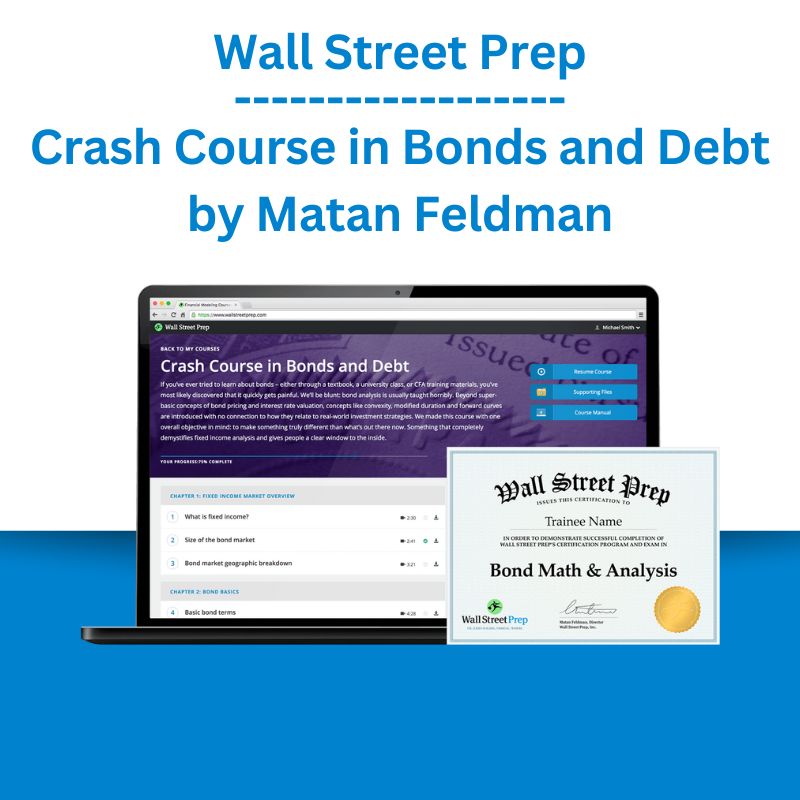

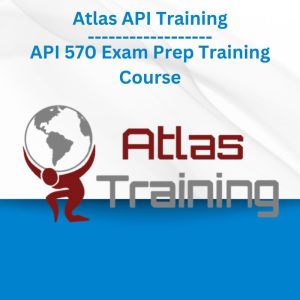


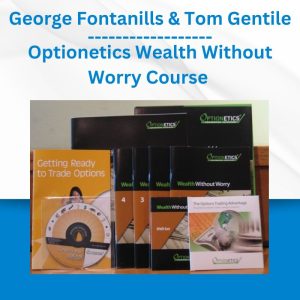



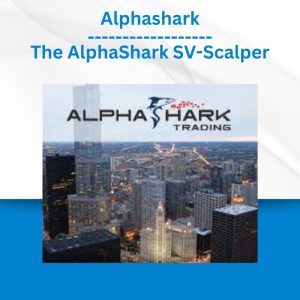 Alphashark - The AlphaShark SV-Scalper
Alphashark - The AlphaShark SV-Scalper  Julie Stoian & Cathy Olson - Launch Gorgeous - Funnel Gorgeous Bundle
Julie Stoian & Cathy Olson - Launch Gorgeous - Funnel Gorgeous Bundle  Team NFT Money - Ultimate NFT Playbook
Team NFT Money - Ultimate NFT Playbook  Jesse Livermore Trading System - Joe Marwood
Jesse Livermore Trading System - Joe Marwood  Forexmentor - Recurring Forex Patterns
Forexmentor - Recurring Forex Patterns  Matthew Kratter - Trader University
Matthew Kratter - Trader University  Trade Like Mike - The TLM Playbook 2022
Trade Like Mike - The TLM Playbook 2022  George Fontanills & Tom Gentile - Optionetics 6 DVD Series Home Study Course (Digital Download)
George Fontanills & Tom Gentile - Optionetics 6 DVD Series Home Study Course (Digital Download)  Emanuele Bonanni - My Trading Way
Emanuele Bonanni - My Trading Way  Ed Ponsi - Forex Trading
Ed Ponsi - Forex Trading 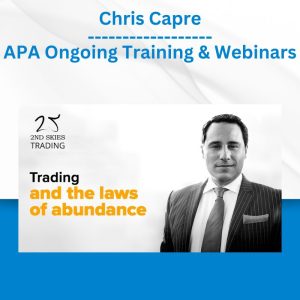 Chris Capre - Advanced Price Action Ongoing Training & Webinars
Chris Capre - Advanced Price Action Ongoing Training & Webinars  The Daily Traders – Exclusive Trading Mentorship Group
The Daily Traders – Exclusive Trading Mentorship Group 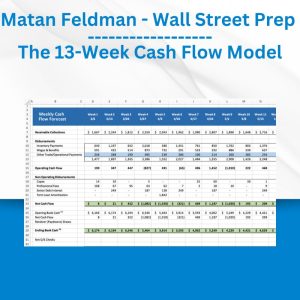 Matan Feldman - The 13-Week Cash Flow Modeling - Wall Street Prep
Matan Feldman - The 13-Week Cash Flow Modeling - Wall Street Prep  Crypto Dan - The Crypto Investing Blueprint To Financial Freedom By 2025
Crypto Dan - The Crypto Investing Blueprint To Financial Freedom By 2025